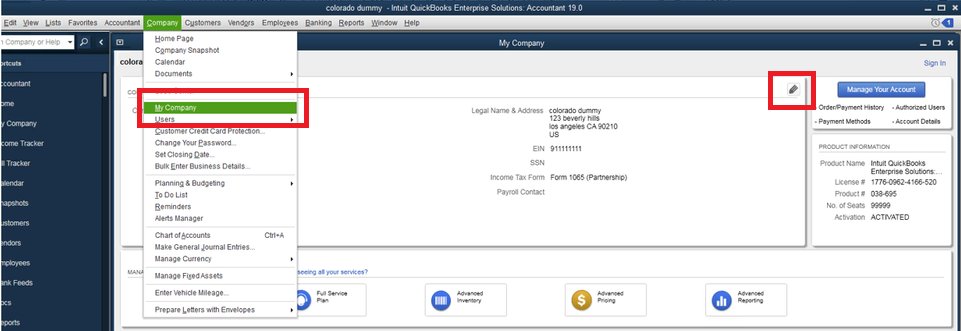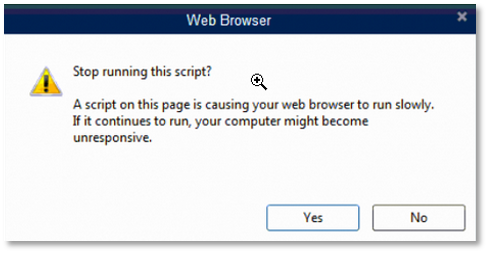

The community is small and there is less support compared to Python and R, but that could (and probably will) change over time. Julia is a promising and exciting new programming language that I think we will hear more about in the next few years. Until it beats Perl performance in data formatting and management, I honestly won't have a strong incentive to make the move over to Julia heavy scripting. Although Julia is fast, it still can't beat my simple and fast Perl scripting.I expect it will pickup in the coming years, but for now it just makes sense (for me) to work in the more developed communities of R, Python, and Perl. Julia is still up-and-comming and the community is not at the same level as the R, Python, or Perl communities. The biggest issue is that it simply does not have the support and infrastructure that a language like Python or R has. Although I like Julia, there are certainly some problems that will prevent me from switching over right now.Finally, Julia allows for easy integration with C, which I think will help with future development.īenchmarking results provided on the Julia homepage.Although it was a little slower than Perl for parsing sequencing data files, Julia is still a fast language and I think this will draw more and more bioinformaticians to use it.It seems like it could be really good for bioinformatics by allowing easy data formatting, analysis, and presentation in one cohesive and fast language environment.

#QUICKBOOKS FOR MAC BACKUP FAILED CODE#
Regardless, I still think this is informative.Ĭheck out the associated data and code on the JuliaPerlBenchmark GitHub page. I also only tested the two on relatively small files, and the results may be different for very large files. Of course this comes with the caveat that I have very little experience writing in Julia and could have written it poorly (I did try to make it efficient to give it a fair chance though). So what can we say from these results? I would conclude that although Julia is fast, it still can't beat Perl for parsing data and making quick calculations. So the Perl script clearly ran faster than the Julia script, and both increased in time at about the same rate as I added sequences. I got the following results.Ĭomparison of Perl and Julia speeds for calculating the median sequence lengths inĪn increasingly larger fasta file.

Once I had the two scripts, I ran them on the same example fasta file and compared the execution time required for both. I had never used the language before, but it is familiar to any Python or R user. It really took no time at all before I was writing a decent Julia script. In total this took me about 1-1.5 hours, which highlights the ease of writing in Julia. I downloaded Julia from the Julia website, installed it on my computer, and rewrote the Perl script in Julia. To get a feel for Julia's speed, I decided to recreate a Perl script that I use to calculate the median length of sequences in a fasta file. I decided I would familiarize myself with the Julia language by setting up some basic benchmarking. Perl is also lightening fast for a scripting language, which makes it handy. I was a little bummed when I saw their homepage benchmarking failed to include Perl, my goto language for a lot of the data munging associated with bioinformatics.

Because people are talking more about it each day, and because I think it shows exceptional promise, I wanted to try it out for myself. The creators have focused on creating an efficient and fast language that is also relatively easy to use. Julia is a new language that first appeared in 2012 and has been gaining attention ever since. More specifically, I want to discuss an up-and-coming programming language named Julia, which has potential for use in bioinformatics. Instead of focusing on the current state of bioinformatics, I want to focus this post on where we could be going in the future. The R language has also exploded in recent years, and all of these languages are used heavily in bioinformatics. A classic example is the transition to Perl, which then transitioned into Python. Programming is a dynamic field that transitions from one language to another over the years.


 0 kommentar(er)
0 kommentar(er)
